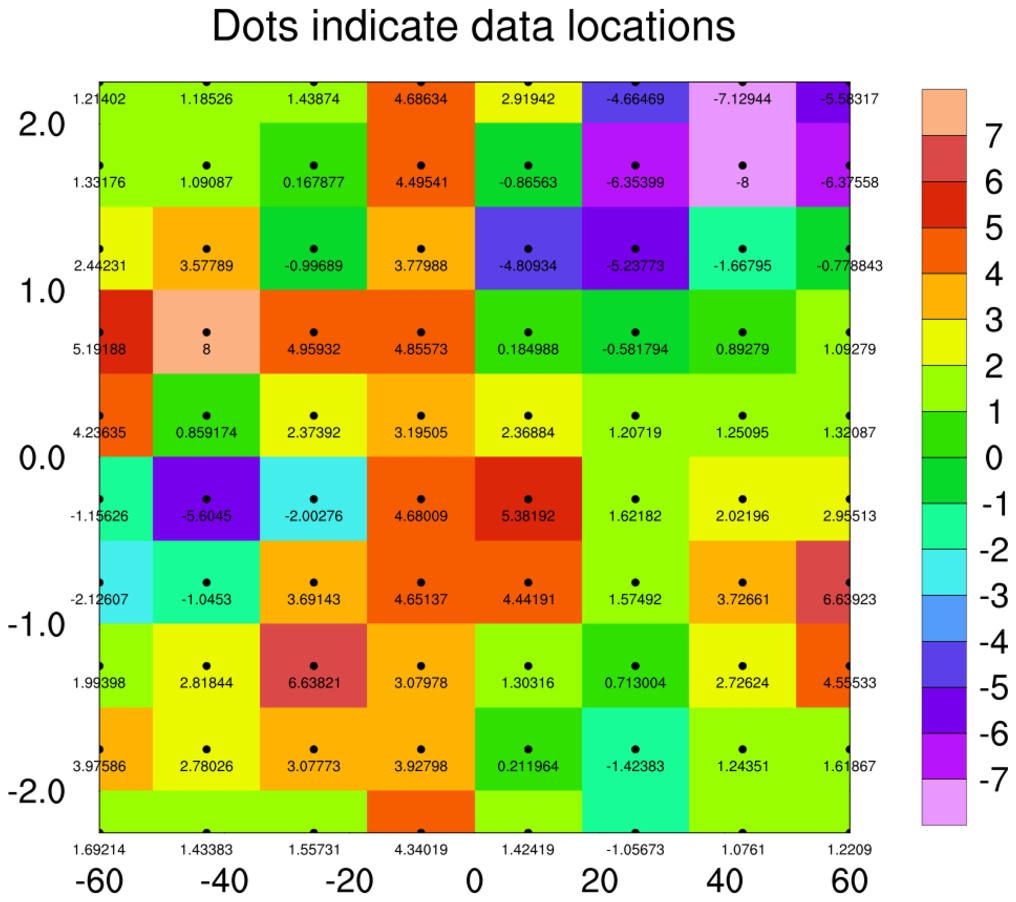

(Subsequent indices, if any, select the remaining dimensions).The 4 th index selects the third dimension (if there is one), typically band, i.e., raster layers.The 3 rd index selects the second dimension, typically, i.e., raster rows.

By default rasview determines the format of an image file by looking at its file name. The 2 nd index selects the first dimension, typically, i.e., raster columns rasview displays raster imagery from a file into an X window.The stars subset operator [ works as follows: We can get a subset of a stars object while keeping all of its properties, using the [ operator. 12.2 Inverse Distance Weighted interpolation.11.3 Aggregation of spatio-temporal rasters.10.7.5 Extracting to polygons: multi-band.10.7.4 Extracting to polygons: single-band.10.7.3 Extracting to points: multi-band.10.7.2 Extracting to points: single-band.8 Geometric operations with vector layers.6.6 Generalizing raster algebra with st_apply.6.4.3 True color and false color images.6.4.1 Arithmetic and logical operations on layers.6.2.1 Selecting rows, column and layers.5.3.7 Visualization with plot, mapview and cubeview.4.4.3 Example: the rainfall.csv dataset.3.3.2 Function definition vs. function call.
Raster x series#


 0 kommentar(er)
0 kommentar(er)
